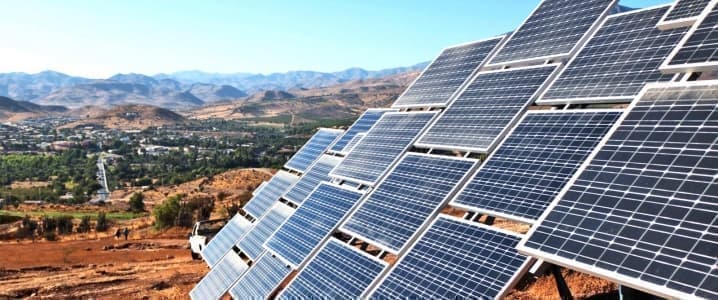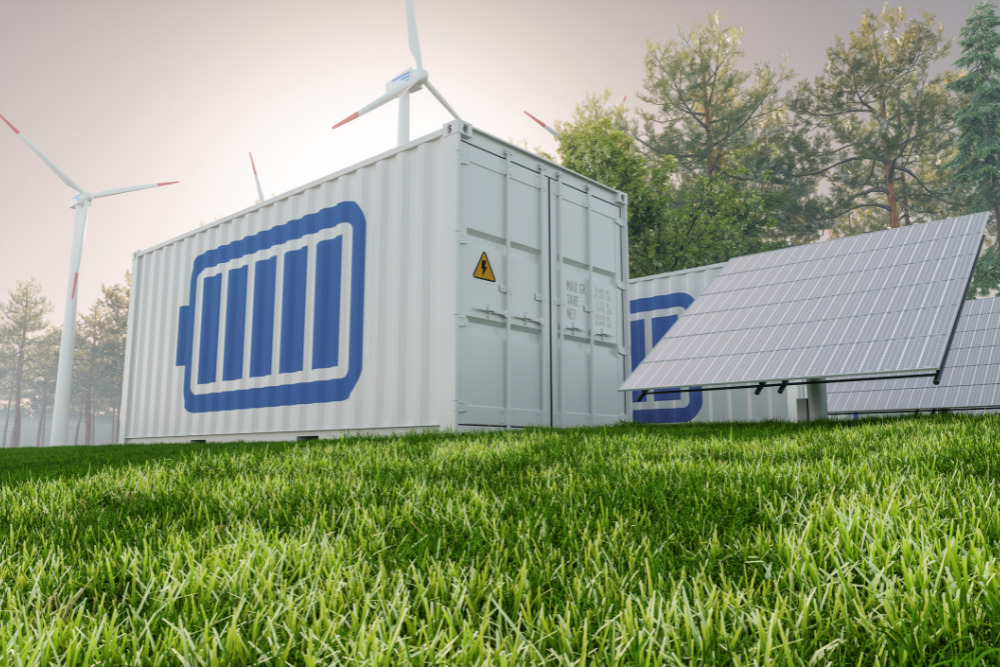Morocco is eyeing the sun-baked roofs of its cities as the next frontier in its clean-energy push and, crucially, as the fuel source for the country’s electric-vehicle future.
A new study by the Imal Initiative for Climate and Development suggests Morocco could generate 66.8 terawatt-hours of electricity each year simply by installing solar panels on rooftops. Not desert megaprojects. Not giant wind farms. Ordinary rooftops.
Why rooftops? Because decentralized solar power generated close to where it will be used reduces pressure on the national grid, avoids costly transmission lines, and makes households and businesses energy-independent. It’s also faster to deploy than waiting for massive government-led solar parks.
You only need to look across the continent to see why that matters. In countries like Kenya, much of the electricity feeding major urban centers is generated hundreds of kilometers away often in remote regions like Turkana, where the Lake Turkana Wind Farm sits nearly 500km from Nairobi. The capital, which consumes the lion’s share of the country’s electricity, depends on power traveling long distances through transmission lines vulnerable to losses, bottlenecks, and outages.
The result? Energy produced far from where it’s needed leaks value before it ever reaches homes and factories. Kenya’s grid routinely loses over 20% of generated power in transmission and distribution, a silent tax on development. Nairobi’s rising industrial load clashes with the reality of a grid stretched thin between generation hubs in Turkana, geothermal fields in Naivasha, and hydropower stations in the highlands.
Morocco’s rooftop-first blueprint avoids that trap. Instead of building a grid that must chase demand across vast distances, it empowers neighborhoods, businesses, and homeowners to become power producers exactly where EV charging and economic activity will grow fastest, in cities.
Decentralization, in this sense, isn’t only about clean power. It’s about designing an energy system that grows with society instead of racing to catch up with it.
Read Also: Solar Power Could Save Zambia From Hydropower Droughts
And there’s a second reason: electric vehicles need reliable charging networks. Morocco wants 2.5 million EVs on its roads by 2035. Rooftop solar, the report finds, could supply 98% of the electricity needed to charge them.
Does that imply Morocco isn’t EV-ready today? Not fully, like most African countries. But the plan is to build the power backbone first, then scale electric mobility. A reverse of the “EVs first, power later” dilemma seen in Nigeria and South Africa.
With 2.5 million EVs on the road, Morocco would also gain something often overlooked: a giant moving storage system. EV batteries are effectively mobile power banks that can feed energy back into the grid when demand peaks, a technology known as vehicle-to-grid. For anyone hearing that term for the first time, vehicle-to-grid, often shortened to V2G is a system where electric cars don’t just consume electricity; they can store it and send it back to the grid when needed.
Think of every electric vehicle as:
- a car
- a battery on wheels
- and a backup power unit
When millions of EVs are plugged in, they hold enormous energy reserves. With V2G technology, instead of sitting idle in parking lots or driveways, these cars can supply power during peak demand, like evenings when households switch on lights, fridges, TVs, and heaters all at once.
Countries like Denmark, Japan, and the UK are already piloting V2G, using cars to support the grid during emergencies and peak hours. Morocco’s plan hints at joining that future early where your car isn’t just transportation, but part of the energy system. The study estimates 39,420 GWh of storage potential, enough to meet 91% of Morocco’s projected electricity needs in 2035.
What about today? Morocco’s current annual electricity demand is around 42 TWh and rising while renewables supply roughly 37% of the mix. The target is 52% by 2030. So rooftop solar Is an energy-security strategy.
To unlock this rooftop-solar future, the study urges Morocco to:
- Enforce self-production rules
→ Let homes and businesses freely generate their own power without bureaucratic friction. - Introduce bidirectional metering
→ Smart meters that track electricity going into and out of the grid, so EVs and roofs can sell power back. - Clarify compensation tariffs
→ Set simple, fair rates for households selling solar power to the grid.
In simple terms: make it legal, make it simple, make it profitable. Without this, rooftop solar remains an ambition, not a reality.
The stakes are continental.
- South Africa is racing to rooftop solar because grid collapse fears made homes power producers, adding more than 6 GW in two years.
- Kenya already gets over 90% of its electricity from renewables but needs solar to electrify transport and storage to stabilize wind and hydro.
- Nigeria is drowning in diesel generators and solar imports, but grid instability and policy lag mean rooftop solar is growing without formal support.
- Egypt is betting big on megaprojects like Benban Solar Park but still lacks incentives for citizen-scale solar.



